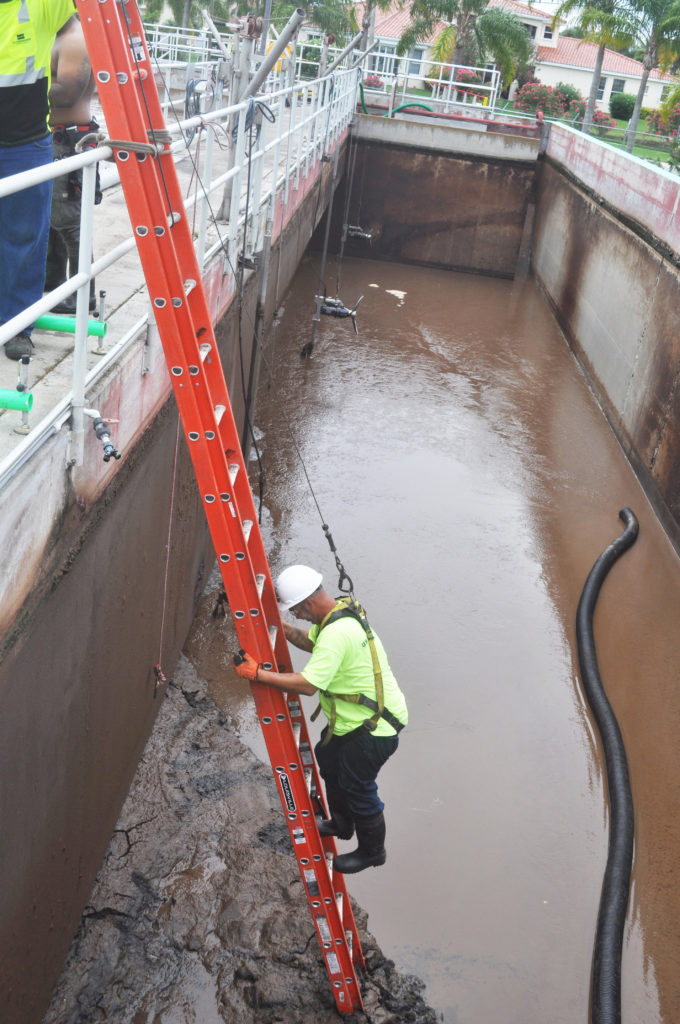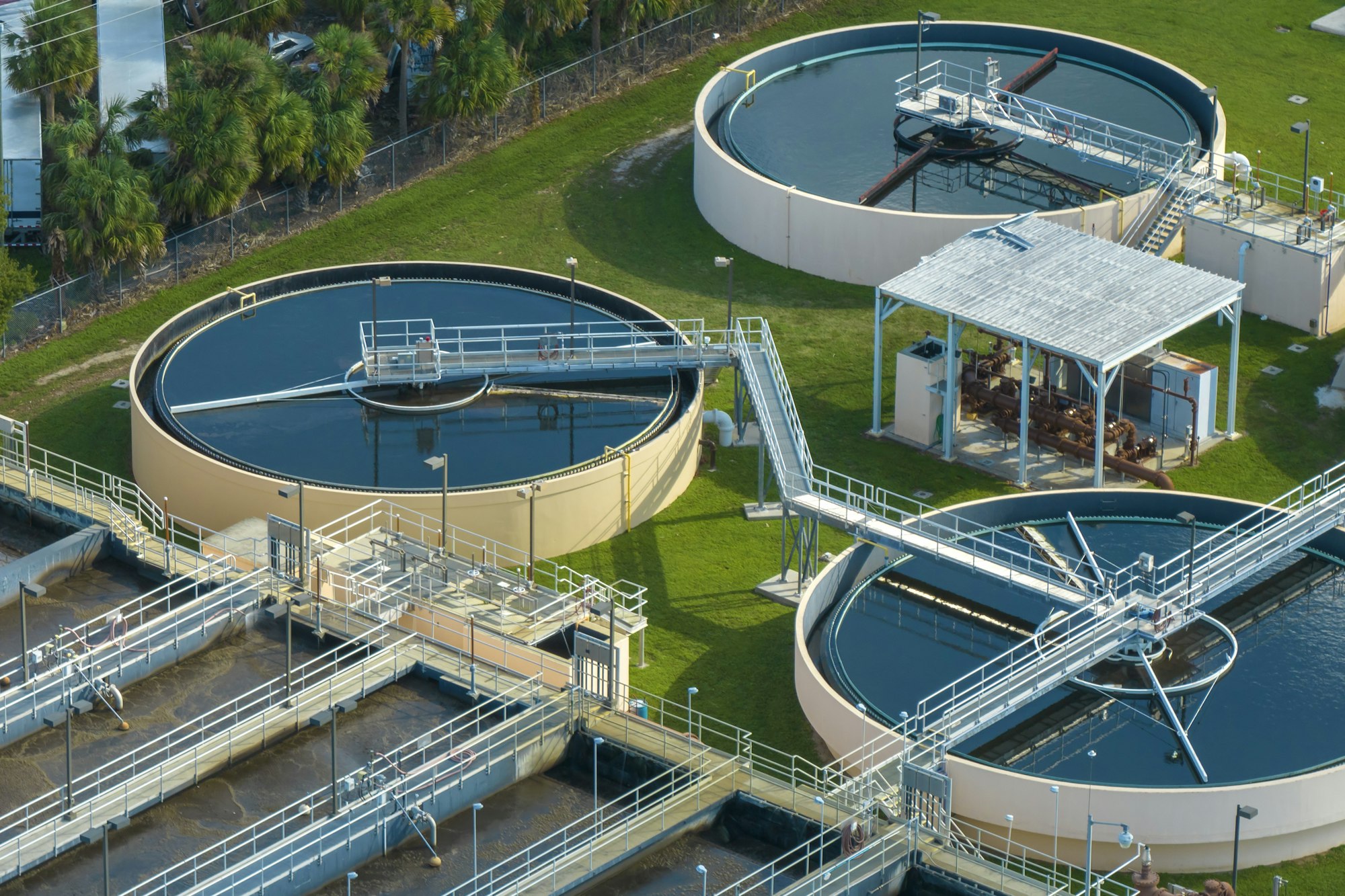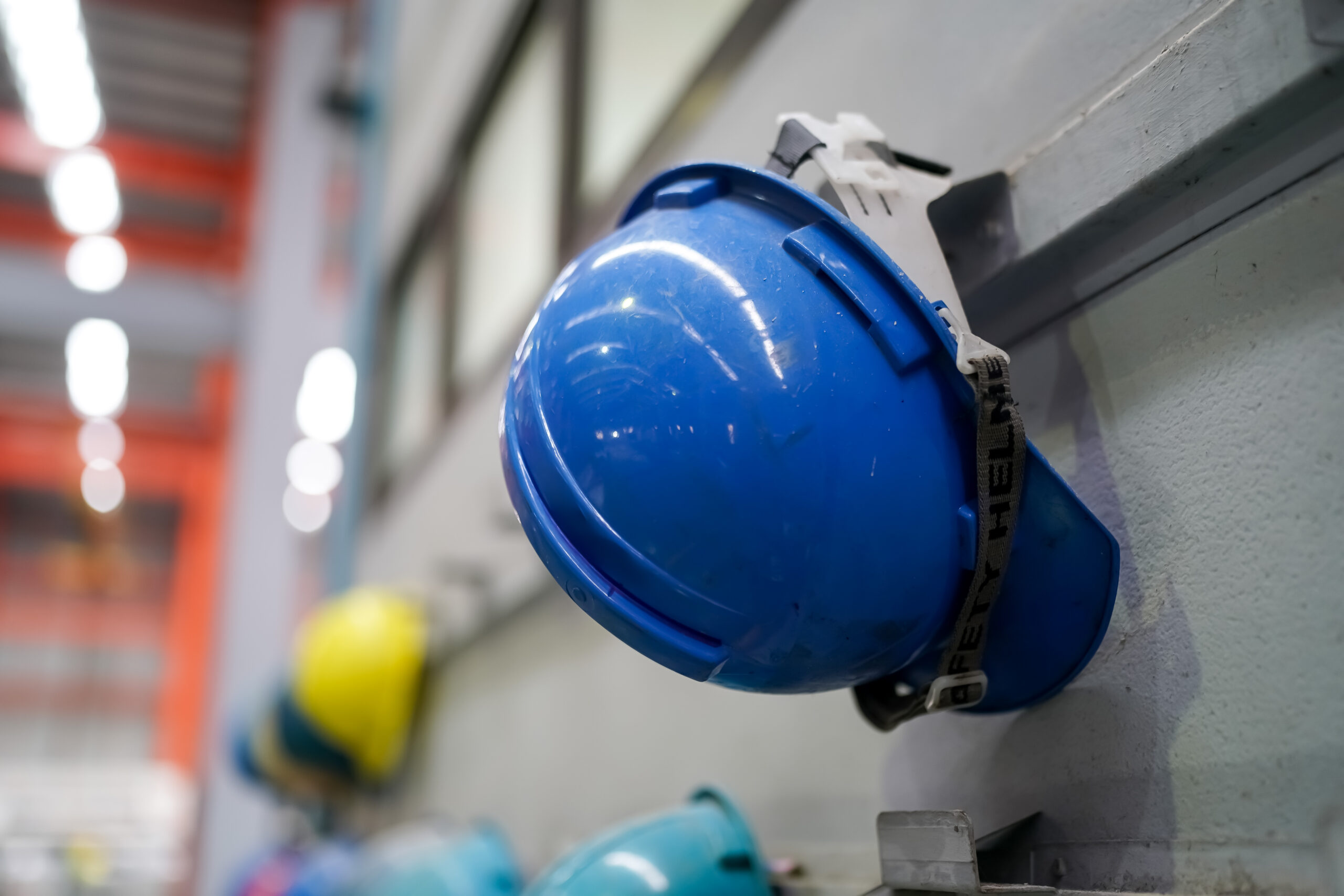Wastewater Visibility News
How U.S. Submergent Technologies Helps You Minimize the Need for Confined Space Entry
How U.S. Submergent Technologies Helps You Minimize the Need for Confined Space Entry

The need for confined space entry, and particularly permit-required confined space entry, can considerably increase the cost of maintenance for wastewater collection and treatment systems, including pipes, tanks, lift stations, and stormwater drains.
Access is one of the largest cost drivers in the removal of debris
U.S. Submergent Technologies’ GritGone Process® for sand and grit removal can be performed without any interruption to your normal plant operation. Most of the time, this means that our standalone cleaning systems can get to challenging, hard-to-clean environments without requiring confined space entry.
Using our Combination3® Trucks and expertly trained crew, we specialize in accessing hard-to-reach infrastructure and can clean a wide variety of tanks and large-diameter pipe in both submerged and surcharged conditions. We’ve cleaned through a right angle and a syphon while it remained in operation, 1,000 feet of sanitary interceptor, accessed a manhole in a river, vacuumed over 25-feet high walls, and removed materials from 30-feet deep wells. Read our recent case study, covering how we removed 22-cubic yards of sand from a splitter box at a Central Florida wastewater treatment facility while it was in service and without the need for risky confined space entry.
Confined space entry: when you need a permit and when you don’t
OSHA defines a confined space as one that has limited openings for entry or exit, is large enough for entering and working, and is not designed for continuous worker occupancy.
Permit-required confined spaces are a subset of confined spaces that:
- May contain a hazardous or potentially hazardous atmosphere.
- May contain a material which can engulf an entrant.
- May contain walls that converge inward or floors that slope downward and taper into a smaller area which could trap or asphyxiate an entrant.
- May contain other serious physical hazards such as unguarded machines or exposed live wires.
- Must be identified by the employer who must inform exposed employees of the existence and location of such spaces and their hazards.
Taking measures to pull confined space permits and developing a written permit space program is time consuming and can extend the period of maintenance past what is feasible for a given lift station, pipe, or tank.
Alternative to a full permit entry is still costly and risky
Even under conditions that allow an alternative to full permit entry, there are still time-consuming and expensive hurdles to overcome. For example, if you can use monitoring and inspection data to demonstrate that a potentially hazardous atmosphere can be made safe for entry using continuous forced air ventilation, you need to test the internal atmosphere of the space for oxygen content, flammable gases and vapors, and the potential for toxic air contaminants before any employee enters it. You must also provide continuous ventilation and verify that the required measurements are performed before entry.
When confined space entry isn’t avoidable
In certain cases, confined space entry can’t be avoided. There could be a significant buildup of rag material or other debris that can’t be captured by other means, or maintenance needs that require hands-on expertise.
In cases like these, you can trust that every member of U.S. Submergent Technologies’ experienced field crew has completed more than 80 hours of safety and compliance training, with ongoing on-the-job instruction.
If you’ve got a hard-to-access structure that needs to be cleaned, give one of our representatives a call for a free site assessment at (844) 765-7866 or contact us to learn more.

Author Notes
Wastewater Visibility News
Tags:
More Recent Posts

First-Ever National Drinking Water Standard to Protect 100M People from PFAS Pollution

Are Your Wastewater Tanks Consuming Excess Energy Due to Sand and Grit? Emerging Technology Can Help You Find Out

Happy Easter

Efficiency in Serving Wastewater Utilities
Subscribe
Get news delivered straight to your inbox the day it gets published."*" indicates required fields
